In the printing industry, changes in technological innovation are presenting a remarkable situation. The most prominent scene is that over the past decade, the technology of flexographic printing has been rapidly developed, and the quality of printing has been greatly improved, especially in the packaging industry. In the United States, flexographic printing has been directly referred to as packaging specialty printing or packaging printing.
First, changes in various printing methods
Although flexographic printing took place very early in the mid-19th century, until the early 1950s, flexographic printing was first used in the packaging industry in the United States. That is, a small number of printers applied flexographic printing plates to traditional rubber engravings. Printing. It was called aniline at that time because the ink used was an aniline dye. At that time, just look at the rough text and patterns printed on the packing box to know the original printing quality. But after 20 years, the technology of flexographic printing has been greatly improved, and it is in line with the start of the use of water-based inks and alcohol-based inks. Not only has the printing quality improved, but it also meets the requirements of environmental protection, and the original aniline ink has been stimulated. Sexual and certain toxicity issues. Especially in the last decade of the 20th century, with the continuous improvement and improvement of printing technology, printing materials, printing equipment and related supporting facilities, flexographic printing has received more and more attention from people, and the scope of application has been expanding. Since the 1980s, a printing process that is very rapid in the development of computer digital technology, especially in the packaging industry, has had a tendency of exceeding the level of plain printing and gravure in market share. Therefore, it is not unreasonable to refer to this printing process technology as packaging printing in the United States. In fact, with the continuous development of flexographic technology, especially the widespread use of high-quality photosensitive resin plates and finely-processed anilox roller, its application range is still expanding. From the point of view of the printing advantages of flexible packaging printing, foreign applications can indicate that flexographic printing can completely replace gravure, while in the food packaging industry, printing on plastic or thin paper such as cakes, tea, coffee, etc. is Has long been the main object of flexographic printing.
In the big family of printing industry, the impression that a flexographic printing was originally considered a mature child member has passed. Due to the rapid development of packaging plastic film and composite materials, the flexographic printing that is most suitable for printing plastic materials has received the attention of the packaging industry from the beginning. In addition, due to the use of web materials for general substrates, the printing mechanism is simple. In packaging and decorating printing, it can be linked to a packaging bag making machine to form an efficient production line system that can both bag and print. Also because of this printing technology has some advantages in the traditional printing process, flexographic printing with its strong adaptability and printing a wide range of printing; plate making equipment is simple and low price; printing pressure is light and plate material and machinery Small wear and tear; the advantages of quick and dry ink, low usage, and high printing speed have become the rising star in today's printing industry, and have gradually formed a major force in the packaging and printing industry. The plate price is made of a new material made of a fine dot pattern plate, relying on electronic engraving metal mesh ink roller ink, the printed product can be comparable with the photocopy of the gravure printing product. In the international flexo printing market, industrial developed countries, especially in Europe, America and Japan, have witnessed the most rapid development. In the packaging industry, it is mainly used in the printing of corrugated paper, printing of flexible packaging materials, printing of stickers, etc., and gradually forms an absolute advantage. According to statistical data, in the US packaging industry in 1998, flexo printing accounted for 98% of corrugated paper printing, Europe accounted for 85%, the United States accounted for 70% in flexible packaging printing, Europe accounted for 60%, the United States accounted for printing of adhesive materials 85%, Europe accounted for 35%. It is predicted that in the coming decades, both plain and gravure will decline, while flexographic printing will grow rapidly. The fastest growing area is digital printing. The table below is based on the forecast results of the statistics released by the United States. From the table, you can see the percentage change in the total printing volume of various printing methods over the next 25 years:
Second, the application of digital technology in flexo printing
With the application of digital technology in flexographic printing technology, flexographic printing has been in a revolutionary phase. It not only poses a challenge to the photogravure industry and the offset printing industry that occupy the majority of the packaging and printing industry, but also has a wide range of influence. The entire printing industry.
The digital platemaking system uses a laser-ablation technique to transfer the printed image directly onto the surface of the flexographic plate. Then, handle the print in the usual way. The Cyrel digital imaging system, manufactured and sold by Barco Graphics and DuPont, uses high-power lasers to form images on the ultra-thin black coating on the plate surface. This black coating is very sensitive to laser radiation and evaporates when it comes in contact with the laser while leaving behind the printed display area on the plate. Laser exposure was then performed on the exposure drum of a digital image forming machine (plate size specifications are usually 40*60 inches and 30*42 inches).
After exposure, the visible image of the substrate appears on the surface of the plate. This graphic replaces the negative film on a conventional flexographic plate like a "face mask". The advantage is that it fits perfectly with the lower plate. Now, the plate is exposed to ultraviolet light through a graphic “mask†that forms an embossed image on the plate. This exposure process can be performed on a conventional plate exposure device. This type of graphic "mask" replaces the usual negative film and eliminates the poor contact areas, light diffraction, and poor dot quality that often occur on ordinary film materials. Moreover, since silver halide and its processed materials are not used, the entire process is conducive to environmental protection. Once exposed, the plate is then rinsed and can be processed in the usual way to give the image a high-fidelity printing plate. The unexposed black “mask†is washed off during the rinsing phase. When this printing plate is mounted on a printing press, it has better printing quality than the printing plate made by the conventional method. In summary, the printing plate production process has the following outstanding advantages: 1, no negative film - for environmental protection; 2, the printing machine appears on the network is a very low expansion; 3, has a high contrast; 4, has a wide range of dot percentages (1% to 99%; 5, the fine resolution of the exact copy; 6, to improve the shadow and highlight areas; 7, with finer lines and smaller fonts; 8. Vignetting with a smooth transition; 9. Relaxation of stringent conditions for rafting.
Fewer network expansion points can be measured. After comparing the measured data with the conventional plate measurement results, you can know the expansion of digital printing plates in the printing machine. The practical results show that the drastic decline in dot expansion from the high-profile to the mid-tone range is particularly evident. It is because of this advantage that the application of digital printing plates has reduced the expansion of flexographic printing dots on printing presses, making this new technology of great interest to those regions that have always used gravure as a traditional printing technology. Pay attention. Now, flexo technology can not only achieve the gravure printing quality, but also has a series of other benefits: 1. The printing price is cheaper than the gravure printing; 2. The entire work cycle can be completed quickly; 3. The market can respond quickly to changes , Suitable for small batches of diversified substrates; 4, no corrosion phenomenon, no solvent material, which is conducive to meet the environmental protection requirements; 5, can maintain accurate overprint on a wide variety of substrates.
At the beginning of 1998, more than 20 Cyrillic digital imaging equipments have been supplied to the rest of the world, most of them to North America and Europe. After the combination of this advanced digital plate printing technology and high-quality flexographic printing presses, there is no doubt that it has exerted a great impact on the traditional gravure packaging industry in those areas. It has been believed that with the introduction of this high-friction technology to other parts of the world, digital plate-making imaging technology will make the competition in the printing industry more intense.
Digital printing technology that stands out from traditional analog printing technology has had a major revolutionary impact on the entire printing process. Nowadays, a lot of work can be done in the design room, usually by computer software such as Apple Macintosh, and then sent directly to the platemaking copying room for processing through an integrated service data network or a modulation mediation link. Digital proofers are used for proofing. In this way, when the printing plate is quickly sent to the printer, it appears that the program operation is smooth and coordinated. In the past, the long delays or delays from the design to the printing process have often caused problems such as constant corrections, handling errors and poor communication or failure. But now, digitalization in flexographic production has been able to quickly resolve these issues in packaging printing.
Third, the benefits of digital technology to the packaging and printing industry
The above-mentioned digital platemaking system has brought the flexographic printing technology to a new milestone. Technically speaking, this is a process that uses digital data and some kind of light source to copy images directly onto a printing plate. It is called Computer-to-Plate (CTP) in foreign countries and is often referred to as computer-to-plate in China. technology. At the Beijing International Printing Exhibition in 1996, this CTP attracted great attention and interest from the domestic publishing community. The introduction of the computer-to-plate system has played a very important role in China's prepress and printing industries. As a result, the production speed and quality of printed materials have been greatly improved, and the pace of development in the Chinese printing industry has been accelerated.
Many international printing companies have developed their own CTP technology, but all kinds of CTP technologies are for the same purpose, not only to eliminate the need to print version of the film. The image data created on the computer is transferred directly to the printing plate, thereby shortening the working time and saving production costs. At the same time, it also removes the imposition and other various film processing procedures. The graphics obtained on the plate are of original quality, which makes the quality of plate making higher. In the packaging industry, people had long imagined that after the original manuscript was prepared, the plate was directly imaged on the cylinder of the press. This is only after the development of the computer and its control technology and its application in the printing process. This makes people's ideas become a reality. This is the actual meaning of digital technology. In the development of this type of printing press, Heidelberg, Germany, the technical process of directly imaging the image data from the prepress system onto the plate cylinder of the offset press is called DI (Direct Imaging) technology, or direct imaging technology. .
Stunning contemporary Tree of Life Wall Screen Panels, made from mild steel with a leatherlook powder coated finish. The perfect Wall Screen Panels are hanging for a living room, bedroom, hallway or even outside as it is completely weatherproof.Wall divider panels are diversity of designs.Garden privacy screens will look stunning on your empty walls.Wall Screen Panels are perfect for your dark and white color walls. This color wall sign will add character to your modern living room. Unique wall art can also be part of your modern office. Tree of Life wall art will definitely look stunning on your bed top.
- Tree of Life design
- 1~2mm mild steel laser cut
- Tough powder coated finish or corten rust
- Suitable for inside or outside applications
- Size: 300x300mm or custom made
MATERIAL
-Outdoor decorative screens are made out of 1.5 mm or 2mm steel material and high-quality gold metallic paint. (Electrostatic special powder coating)
-Durable paint for outdoor and indoors.
-Its paint finish creates a quality texture touch feeling and appearance.
-Semi-shiny color looks beautiful with sunlight.
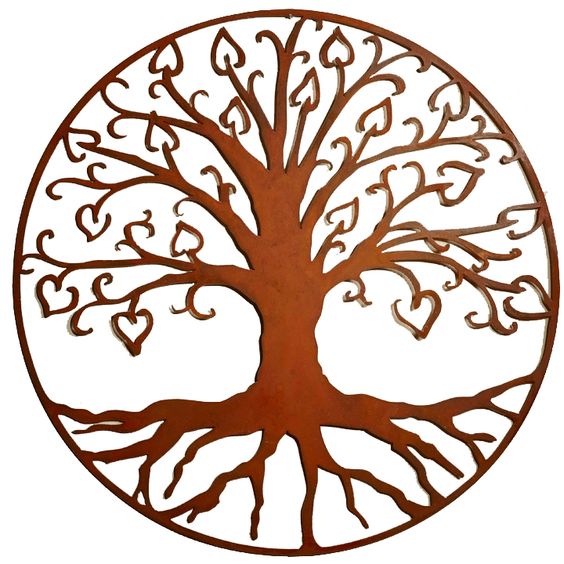
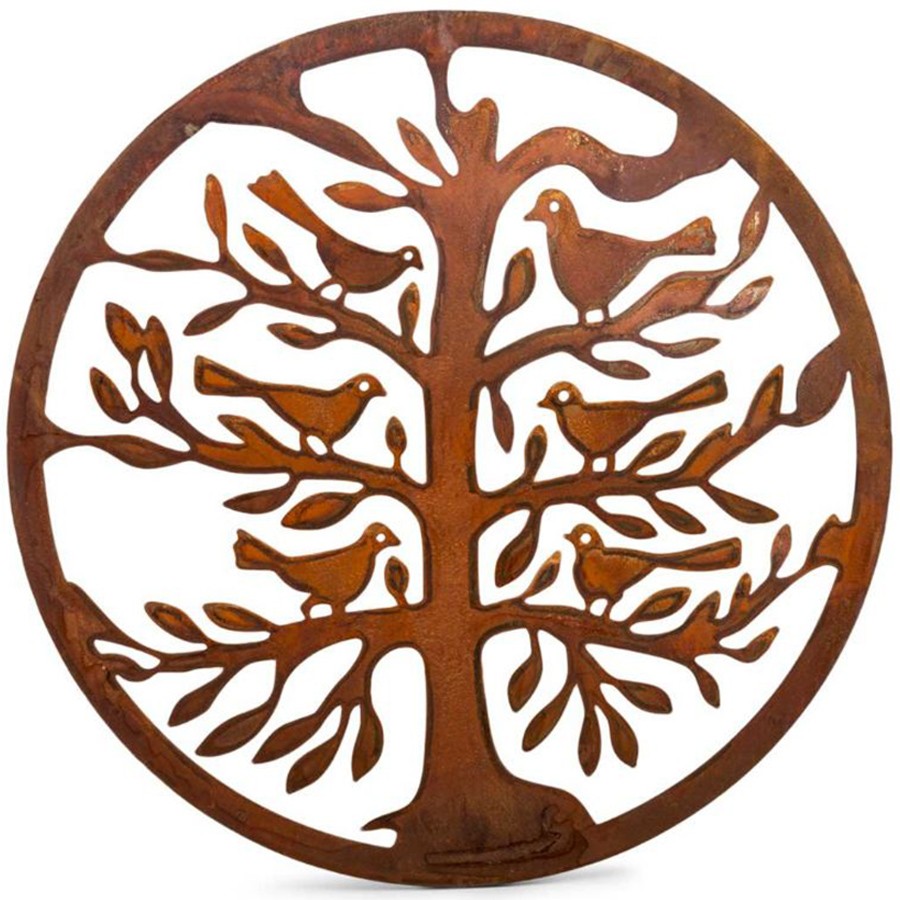
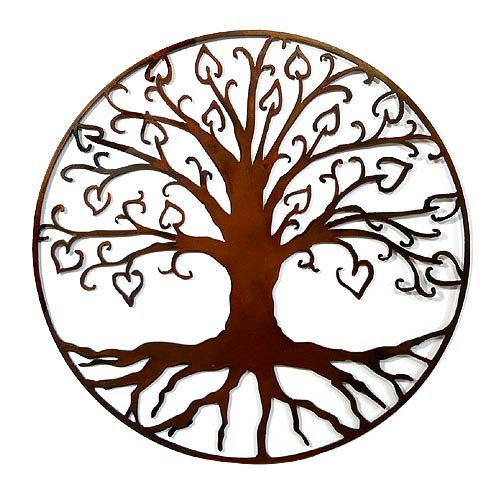
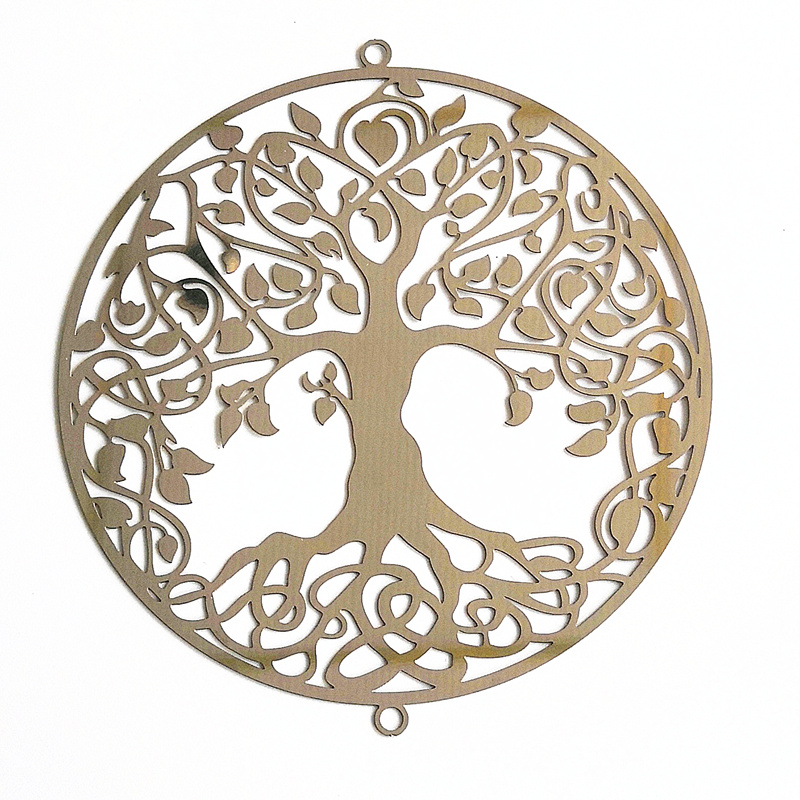
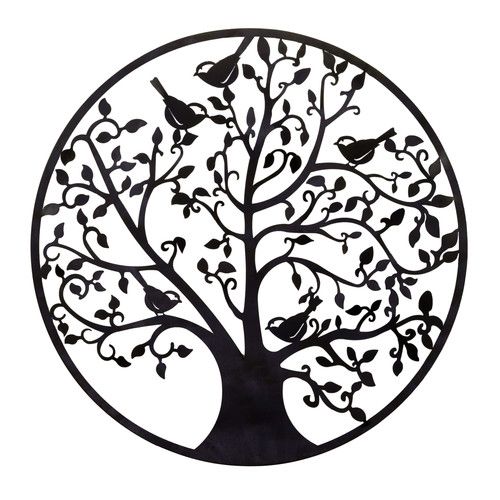
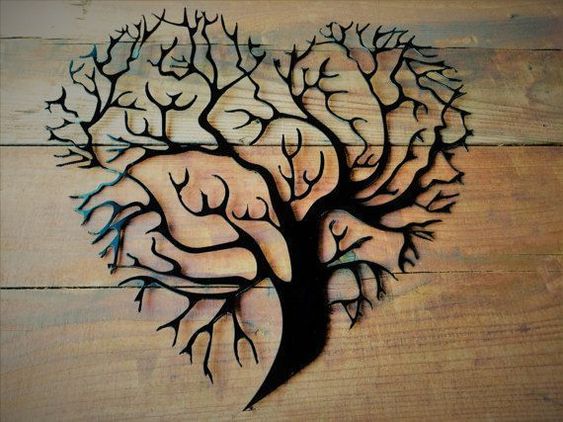

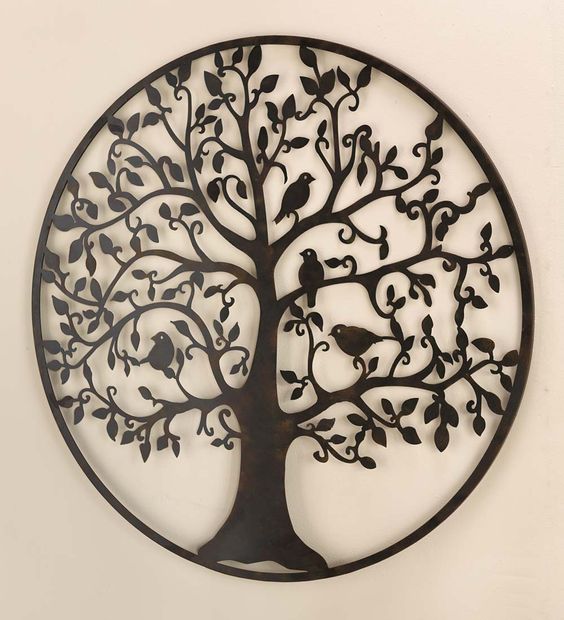
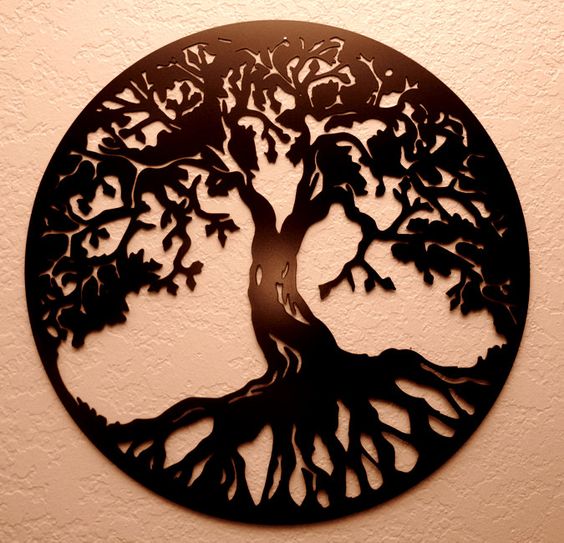
Wall Screen Panels,Room Divider Screen,Room Divider Panels,Wall Divider Panels
Henan Jinbailai Industrial Co.,Ltd , https://www.jblfirepits.com